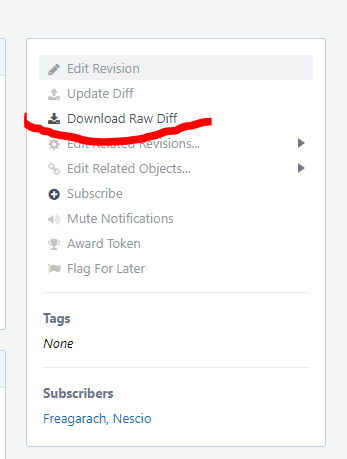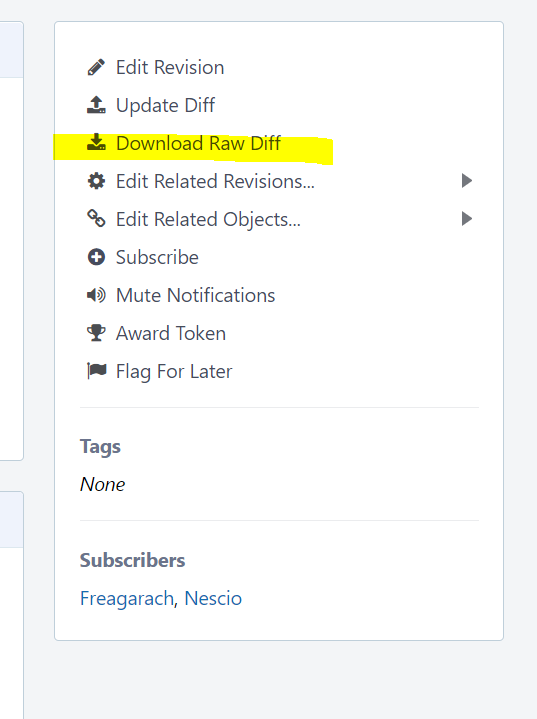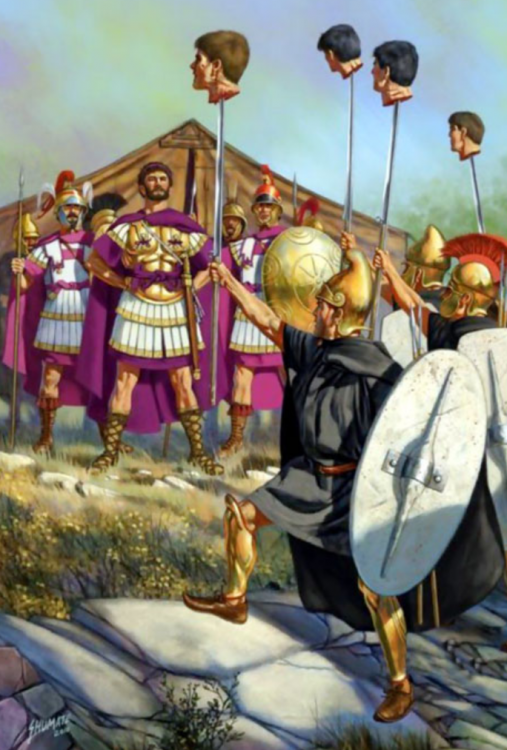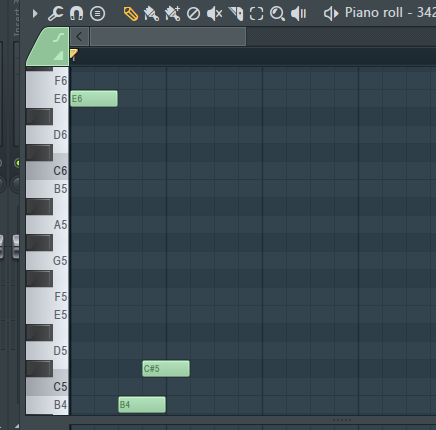-
Posts
25.684 -
Joined
-
Days Won
300
Everything posted by Lion.Kanzen
-
The list of missing non planned sounds is the following. Diplomacy sound when you get tribute. Sound when queue is full and you can train more units. Sound when you haven't population space. Sound when you haven't enough resources to train or build.
-
hero death. herocrydeath.ogg
-
WIP I'm not happy with these. Hero Train or join. Hero death uffhero_mixdown.ogg
-
.thumb.png.ce58cea22940c255f5b0a735d5abee36.png)
SVN, Fire demange and poison demange
Lion.Kanzen replied to soloooy0's topic in Introductions & Off-Topic Discussion
@soloooy0 aquí esta adjunto. El de fuego. D2737.diff Luego aplicas este. https://trac.wildfiregames.com/attachment/ticket/5768/D_poison.patch -
Can you will help us with this patch? Please.
-
Now the mod is called Terra Magna.
-
Defeat sound.
-
.thumb.png.ce58cea22940c255f5b0a735d5abee36.png)
SVN, Fire demange and poison demange
Lion.Kanzen replied to soloooy0's topic in Introductions & Off-Topic Discussion
-
Nope, we need make one.
-
.thumb.png.ce58cea22940c255f5b0a735d5abee36.png)
SVN, Fire demange and poison demange
Lion.Kanzen replied to soloooy0's topic in Introductions & Off-Topic Discussion
Its simple. You need fire status feature first.h https://code.wildfiregames.com/D2737 Then download somewhere the file.(any folder) Apply patch. -
-
Yes but still effective if you dont take down faster.
-
.thumb.png.ce58cea22940c255f5b0a735d5abee36.png)
Doom/ Wolfenstein style FPS
Lion.Kanzen replied to Lion.Kanzen's topic in Introductions & Off-Topic Discussion
Is oldie but can be some violent. -
.thumb.png.ce58cea22940c255f5b0a735d5abee36.png)
Doom/ Wolfenstein style FPS
Lion.Kanzen replied to Lion.Kanzen's topic in Introductions & Off-Topic Discussion
Painkiller Saga. -
@Nescio @wowgetoffyourcellphone @Thorfinn the Shallow Minded
-
https://github.com/0ADMods/SoundsMod if you want to test
-
Ok i will paste your mp reply, thank you.
-
I have some questions. Actually I know how implement buildings alarm. How implement new trained unit sound? Train healer or military unit How implement an alarm from existing one? For example from capture relic or make a wonder. (event)
-
-
Glisssado chime.ogg
-
I'm fixing the current . there is a current sound to conversion/turn a unit to your side . I propose split in 3 religius convertion one for capture or get neutral units. Religius conversion first. sacredmagic.ogg crazy_mixdown.ogg Glisssado chime.ogg Glisssado chime.ogg sacredmagic.ogg crazy_mixdown.ogg sacredmagic.ogg sacredmagic.ogg
-
.thumb.png.ce58cea22940c255f5b0a735d5abee36.png)
Doom/ Wolfenstein style FPS
Lion.Kanzen replied to Lion.Kanzen's topic in Introductions & Off-Topic Discussion









